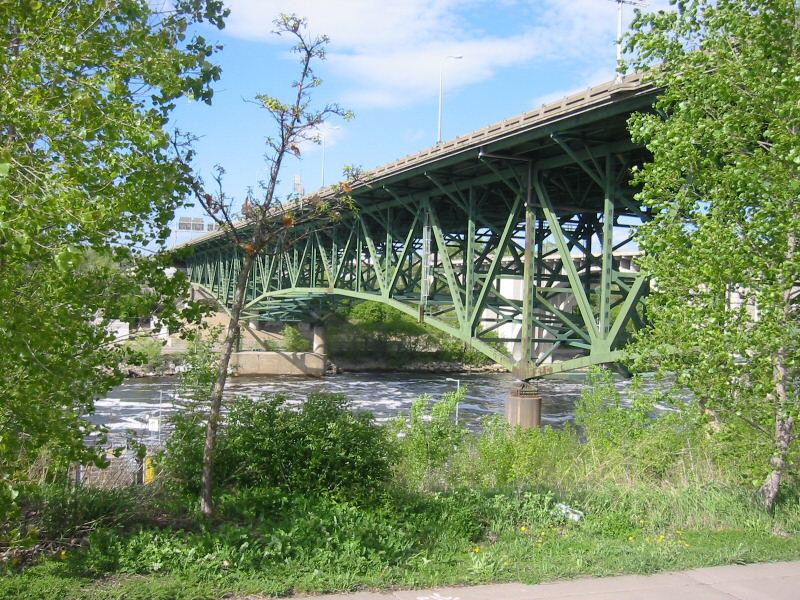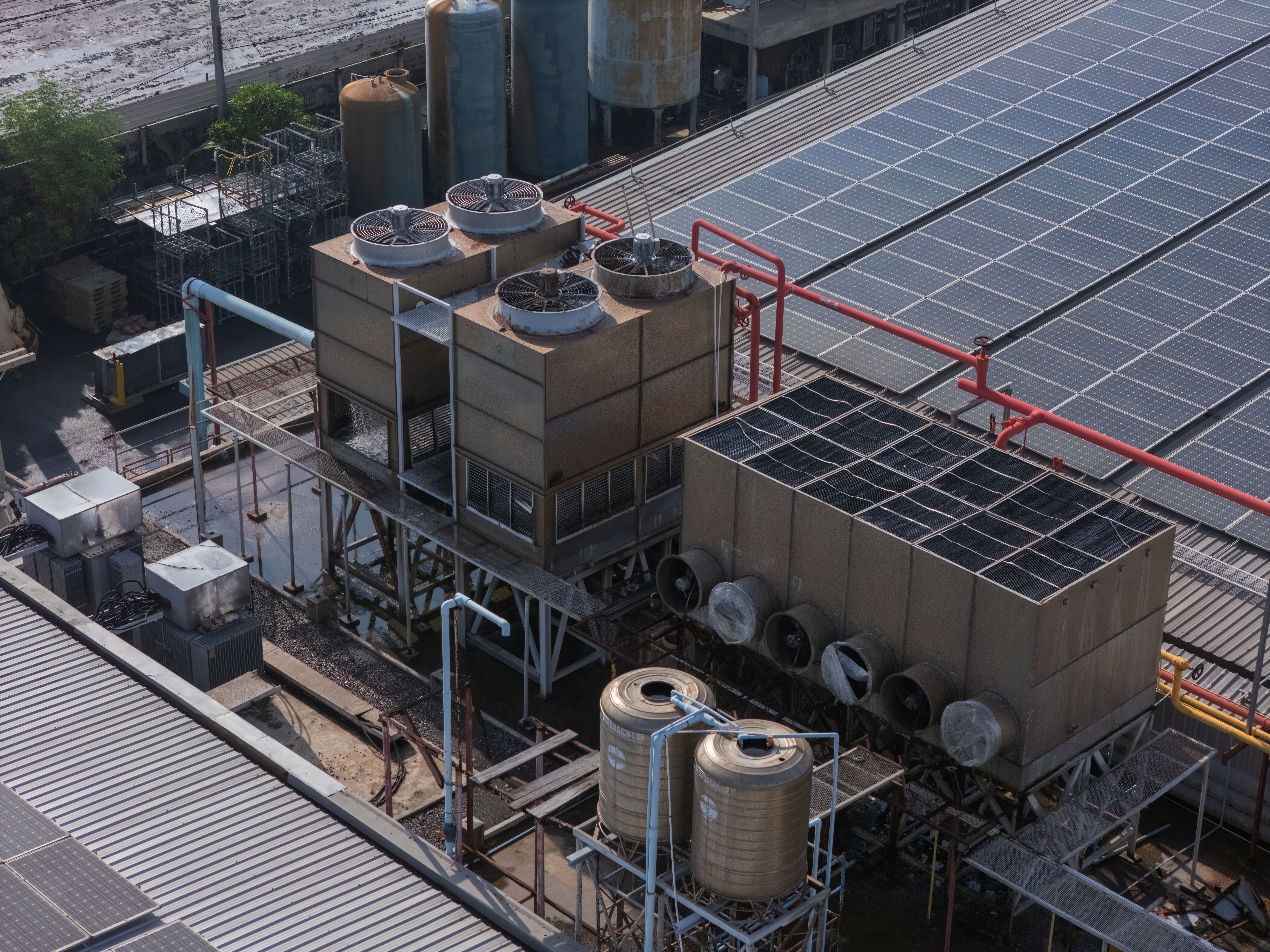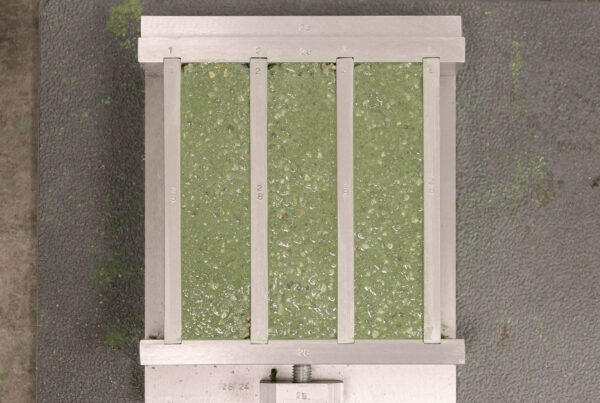Epoxy grout and bridges, is there really that need? Bridge safety is a paramount concern for civil engineers, governments, and communities worldwide. They are crucial infrastructures. However, their integrity can be compromised by a variety of factors leading to structural failures. These pose serious risks to public safety and economic stability.
Common causes of bridge failures include:
- Material fatigue
- Corrosion
- Overloading
- Poor maintenance
- Environmental challenges such as earthquakes and flood
Each of these factors can severely impact a bridge’s functionality and lifespan.
In response to these challenges, the construction and maintenance of bridges have evolved to incorporate advanced materials and technologies designed to extend their life and enhance their resilience. Among these materials, epoxy grout stands out as a critical component in modern bridge engineering.
Epoxy grout is known for its high tensile strength, excellent bonding properties, and resistance to chemicals and weather. It plays a vital role in both the construction of new bridges and the repair of existing ones. Its ability to penetrate deeply into micro-cracks and crevices allows for effective reinforcement of bridge components, thus significantly reducing the risk of failures.
In maintaining bridge safety, innovative solutions like epoxy grout are essential.
Understanding Bridge Failures
Bridge failures, while rare, serve as crucial lessons for the civil engineering community. They include the importance of robust construction practices, diligent maintenance, and continuous innovation in materials like epoxy grout. Epoxy grout and bridges go hand in hand. Understanding the types of bridge failures and analysing real-world incidents can significantly aid in designing safer bridges in the future.
Types of Bridge Failures
Bridge failures can generally be categorised into three main types:
- Structural Failures: These occur when a component of the bridge fails to perform its intended function due to design flaws, construction errors, or excessive loads. Structural integrity can be compromised, leading to partial or complete collapse.
- Material Fatigue: Over time, the materials used in bridge construction can weaken due to repeated stress or load, leading to cracks and eventual failure. Fatigue is particularly common in metal components but can also affect concrete.
- Environmental Damage: Bridges are exposed to various environmental factors, including weather conditions, chemicals, and physical wear from traffic. Extreme weather like floods and earthquakes can precipitate sudden catastrophic failures.
Examples of Notable Bridge Failures
To illustrate the severe consequences of such failures and how advanced solutions like epoxy grout could potentially mitigate these risks, here are a few real-world examples:
- I-35W Mississippi River Bridge (2007): This bridge in Minneapolis, USA, suddenly collapsed due to a design flaw combined with additional loading. The failure led to 13 deaths and highlighted the need for rigorous inspection and maintenance regimes.

By Todd Murray
Tacoma Narrows Bridge (1940): Known as “Galloping Gertie,” this suspension bridge in Washington, USA, failed spectacularly due to aeroelastic flutter induced by wind. The collapse has been studied extensively to understand aerodynamics and bridge design improvements.
Genoa Polcevera Viaduct (Morandi Bridge) (2018): This bridge in Italy collapsed due to a combination of design flaws and lack of maintenance on the concrete stays and their encasing, leading to 43 deaths. It underscored the importance of maintaining ageing infrastructure.
Epoxy Grout and Bridges: Prevent Failures
Epoxy grout has become an integral part of modern bridge construction and maintenance due to its superior properties and performance. Its application in new bridge projects and existing structures provides a robust defence against common causes of bridge failures, ensuring longevity and structural integrity.
Application of Epoxy Grout in New Bridge Construction
In new bridge construction, epoxy grout is extensively used to fill voids, bond tendons, and secure anchorages. This usage not only ensures that all parts of the bridge fit perfectly but also enhances the overall structural integrity from the outset. By embedding epoxy grout into critical junctions and stress points, engineers can preemptively reinforce these areas against potential failure modes.
Preventive Measures Epoxy Grout Offers Against Water Infiltration, Corrosion, and Cracking
Epoxy grout is impermeable to water, which makes it an excellent choice for bridges exposed to harsh environmental conditions. Its application prevents water infiltration, which is a common cause of corrosion and freeze-thaw damage in bridges.
Additionally, epoxy grout resists chemical attacks and reduces the likelihood of corrosion-induced damage, particularly in bridges that encounter sea spray. Its superior adhesion properties also help to prevent the formation of cracks, further preserving the structural elements of the bridge.
Enhancing Load-Bearing Capabilities of Bridges
By integrating epoxy grout into the construction process, bridges can achieve enhanced load-bearing capabilities. The grout improves the distribution of loads across the bridge structure, reducing stress on individual components and extending the bridge’s service life. This is particularly beneficial in areas with heavy traffic or increased load demands.
Epoxy Grout and Bridges: Repair Damage
Epoxy grout is not only preventative but also remedial, offering significant benefits in the repair of damaged bridges. Its application can restore structural integrity and extend the lifespan of aging bridge infrastructure.
Step-by-Step Guide on Using Epoxy Grout for Repairs
- Assessment: Evaluate the extent of the damage and determine the specific areas that need repair.
- Preparation: Remove any loose or deteriorated material and prepare the surface to ensure optimal adhesion of the epoxy grout.
- Mixing: Prepare the epoxy grout according to manufacturer specifications to achieve the correct consistency and properties.
- Application: Apply the epoxy grout to the damaged areas, using techniques such as pouring, pumping, or injecting, depending on the location and extent of the damage.
Specific Case Where Epoxy Grout Has Restored Damaged Structures
One notable example is the repair of the Hammersmith Flyover in London, where epoxy grout was used extensively to address widespread cracking and structural weaknesses. The application of epoxy grout helped to stabilise the structure and significantly extend its operational life, demonstrating its effectiveness in real-world applications.
Long-Term Benefits of Using Epoxy Grout for Repairs
The use of epoxy grout in bridge repairs offers long-term benefits including enhanced durability, resistance to environmental impacts, and reduced maintenance requirements. By restoring and strengthening damaged bridges, epoxy grout helps to secure these vital structures against future failures, ensuring safety and functionality for years to come.
Conclusion
Epoxy grout is indispensable for enhancing the safety, durability, and performance of bridge structures. Its role in preventing and addressing bridge failures underscores its value in modern engineering. For those seeking expert application and advice on epoxy grout for bridges, consider reaching out to Alphatec Engineering. Connect with us today to ensure your bridge infrastructure benefits from the best in engineering solutions.



